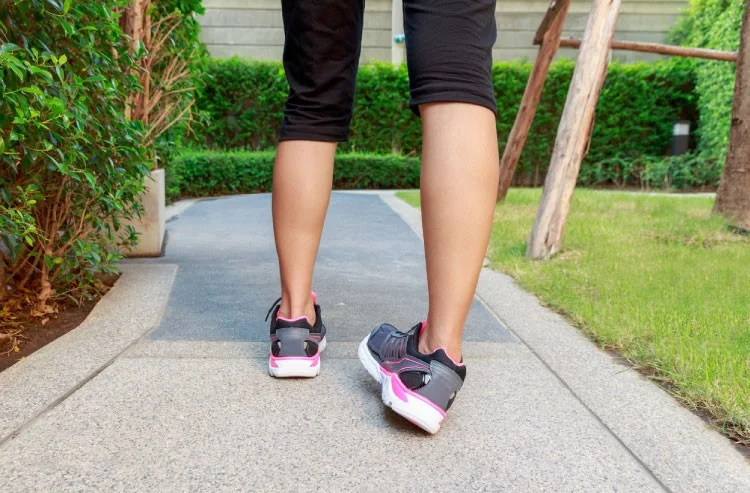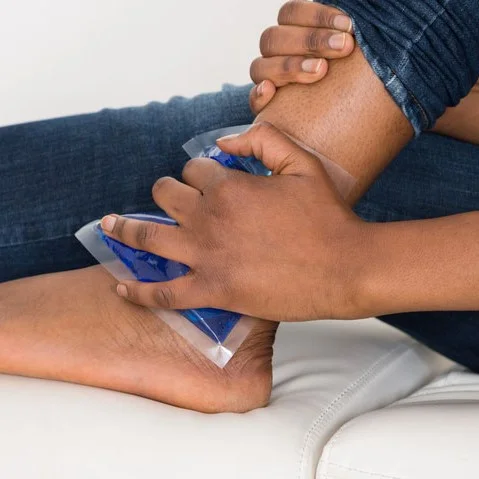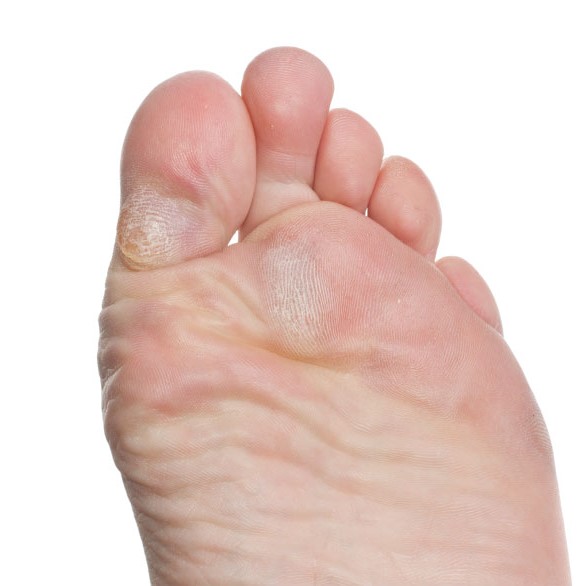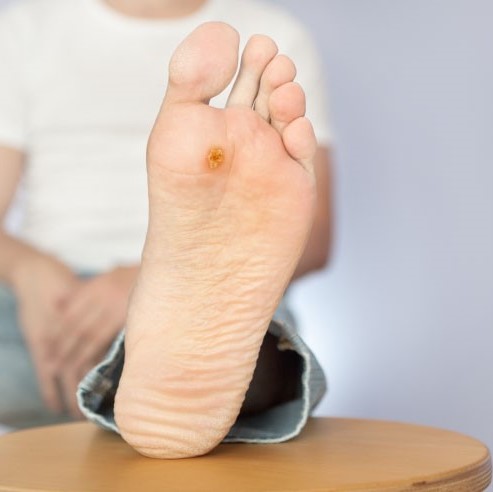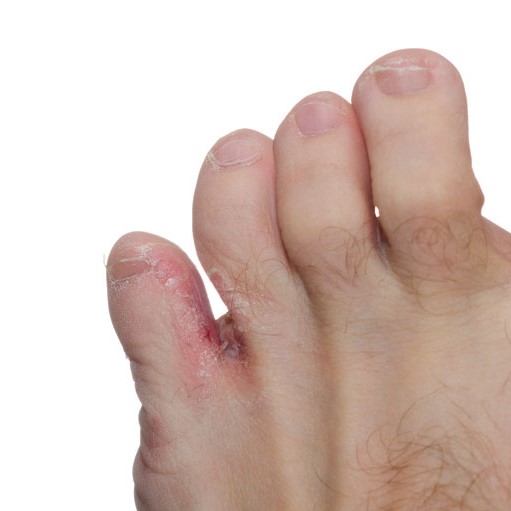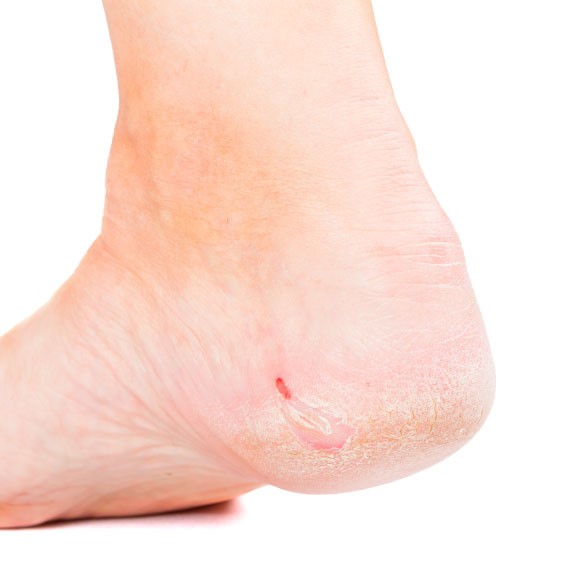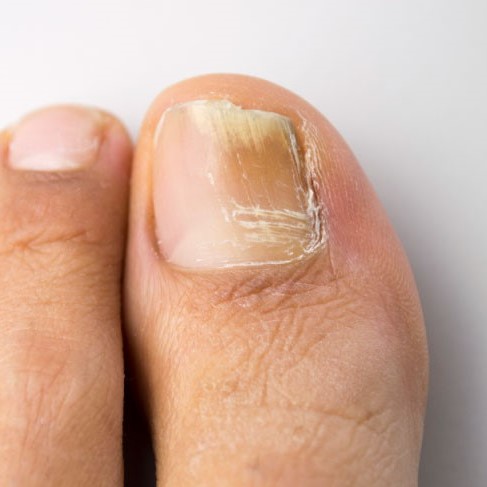Ankle Sprain
We know some secrets about avoiding running injuries.
Ankle Sprain
What is an ankle sprain?
An ankle sprain is an injury to the ligaments that connect the bones of your foot to your leg. It is often the result of landing awkwardly or twisting your ankle, which can stretch or tear the ligaments. You normally feel pain immediately after the injury and it can range from mild to severe. Severe ankle sprains may also result in bone and joint damage.
It’s more common to damage the ligaments on the outside of the ankle, which usually causes the following symptoms:
Pain
Swelling
Bruising
Heat
Stiffness
Inability to put weight on the ankle
What causes an ankle sprain?
An ankle sprain occurs when you land awkwardly or twist your ankle, stretching the ligaments beyond their boundaries. The biggest risk factor for ankle sprain is actually previous ankle sprain — most people don’t take the time to rehabilitate their ankle properly after spraining it. This will almost certainly come back to bite you on the backside!
Playing sports such as netball, football and tennis can also increase the risk of ankle sprain as they require you to jump and change direction suddenly. Wearing inappropriate footwear can cause ankle sprain, so be careful in those heels on Crown Oaks Day! And people with high arch feet or poor lumbo-pelvic (core) stability tend to be more likely to sprain their ankle.
Treatment for an ankle sprain
As with many injuries, RICE (rest, ice, compression, elevation) is the first approach for treating an ankle sprain — especially in the first 72 hours. You may also wish to take an over-the-counter medication to help with the pain. It’s important to avoid applying heat and drinking alcohol in the short term as this usually increases the pain, swelling and bruising.
If you can’t put weight on your ankle, you may have fractured a bone as well. In this case, you should consult one of our experienced podiatrists immediately for assessment and to obtain a referral for a scan. If you can put weight on your ankle, it’s time to get it moving again. Your podiatrist will gently manipulate and mobilise your ankle and show you the most effective rehabilitation exercises. The earlier you start doing these exercises, the faster you’ll recover. The attention will then turn to preventing a recurrence. Potential preventative measures include footwear advice, taping, wearing a brace and orthotics. If you still have some pain or instability after this process, your podiatrist might recommend seeing a surgeon. However, this is rarely necessary.


